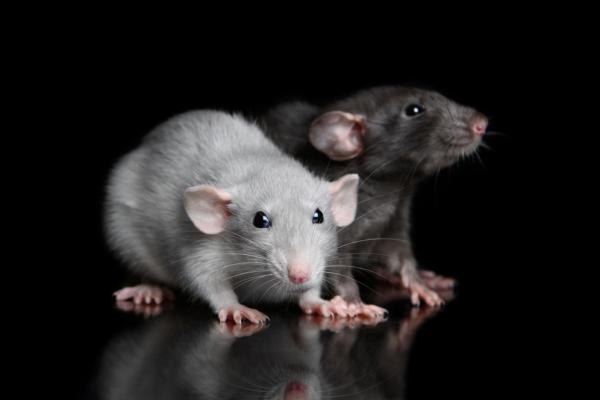
Jan. 31 (UPI) — A new analysis from researchers at Texas A&M University has found that relying on male rat models to study obesity is too limited in scope.
The common practice of using only male rats in research can make the prediction and treatment of long-term diet-induced obesity in females difficult, according to the study.
“There has been an over-reliance on male animals in preclinical research in the past, and as we have worked to study female specific physiological conditions, we became aware that even many aspects of our basic model of diet induced obesity are different in females,” Erin Giles, assistant professor at Texas A&M University and lead author of the study, said in a press release.
For years, researchers used different strains of rats in obesity research, one known for leanness and the other for obesity. However, scientists began using certain phenotypes in just one strain of rat to negate the negative side effects of using different strains.
The research on the single strain was male-centered and limited the data available on the impact of obesity in females.
Researchers studied data from more than 300 animals to look for the optimal point in early life when an animal developed a predisposition to become obese. The results showed that in males, high-fat diets that cause a change in body weight is the strongest indicator of long-term obesity. But results were less clear in female rats.
“I think that even we were surprised when we looked at the data to see how poorly many of these measurements are at predicting long term adiposity in females, especially given that they are very reliable predicators in males,” Giles said. “Percentage of body fat at a much later time point showed to be a better predictor for females.”
The study also showed that the rat model gave insight into the causes of regaining weight after weight loss.
“More research should be done on female rats,” Giles said. “While our and other research groups are working to understand many of the differences between male and female physiology, we are still playing catch-up from years of studies that were conducted primarily in males.”
The study was published in Frontiers in Nutrition.





